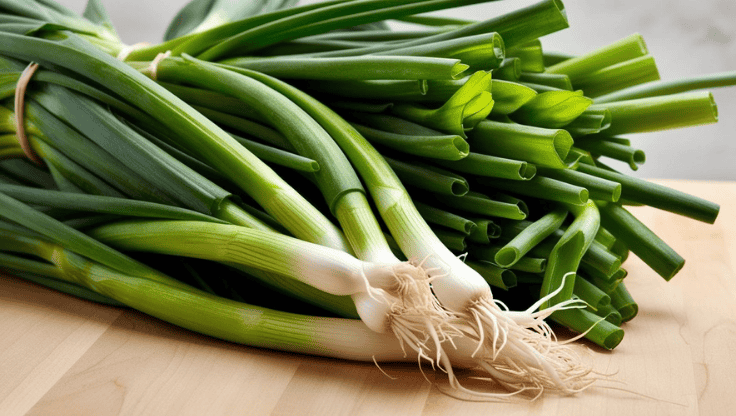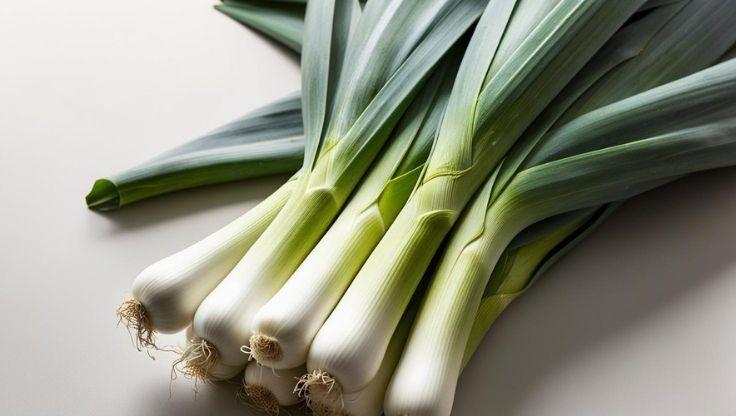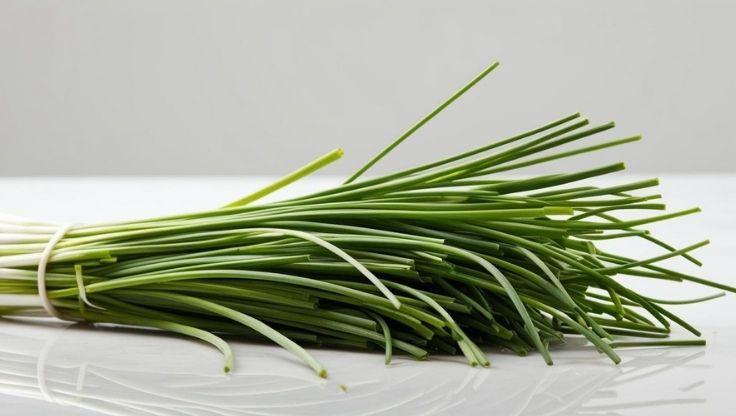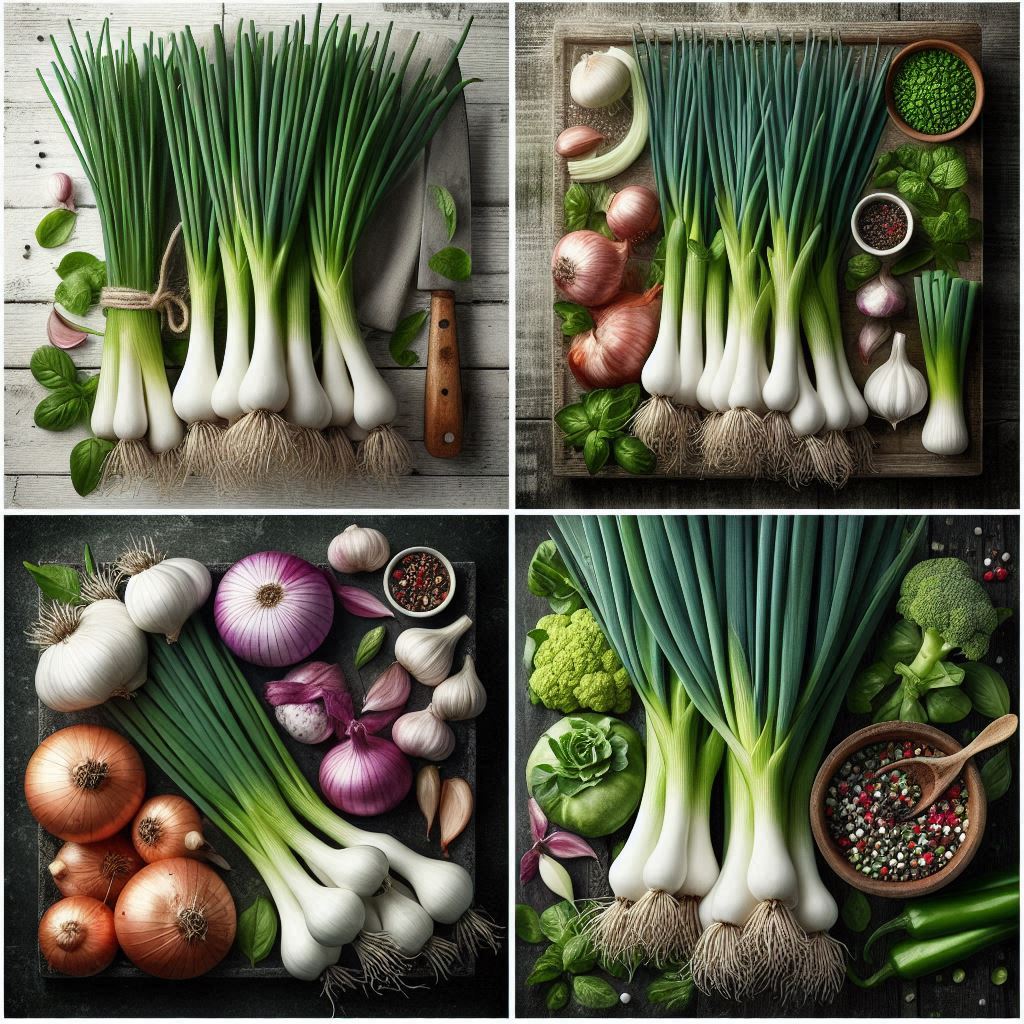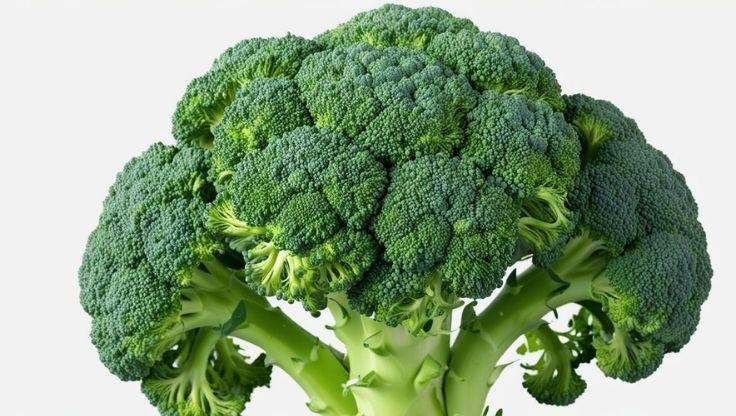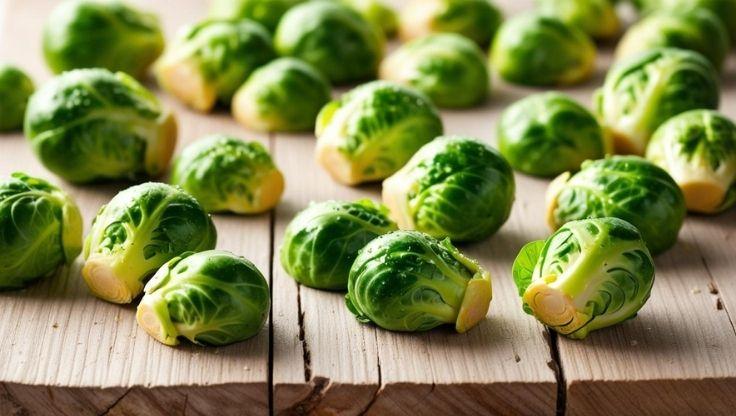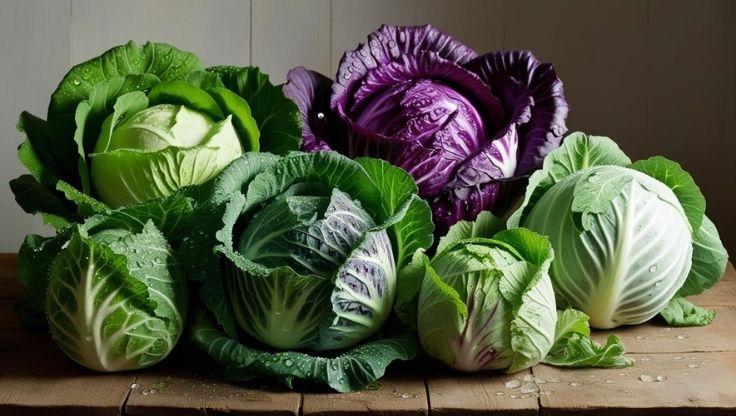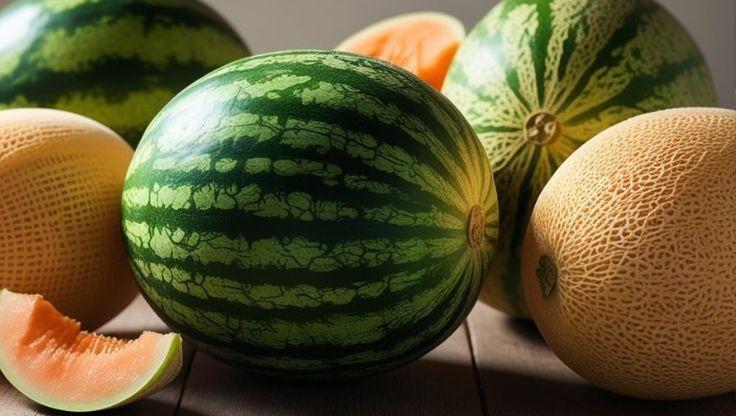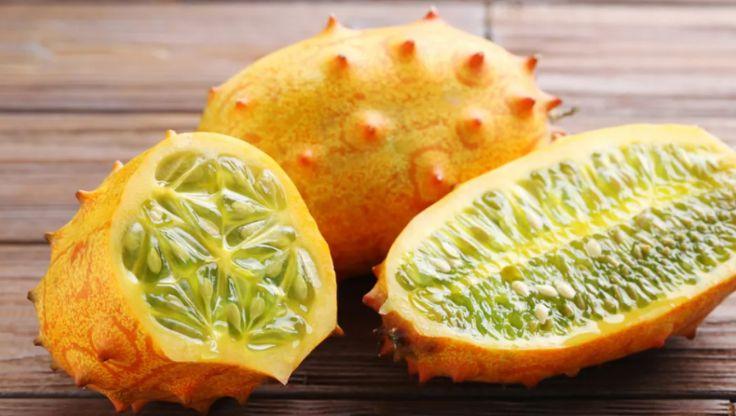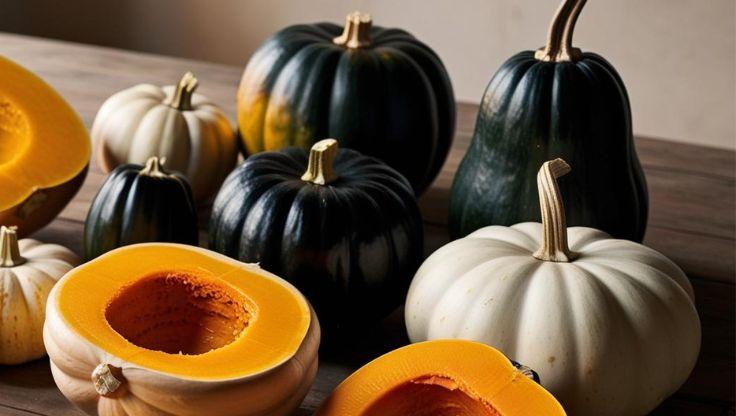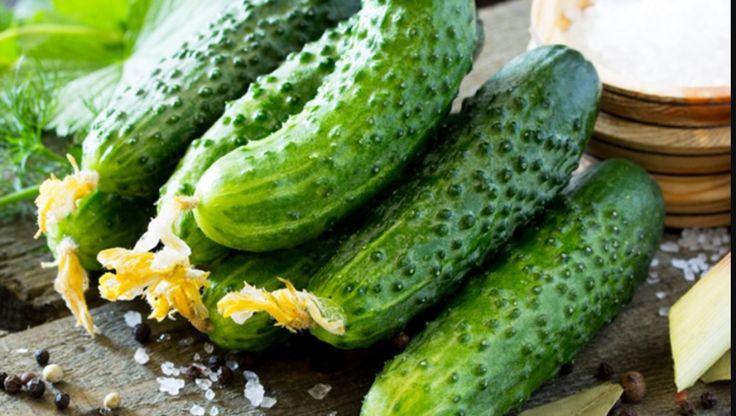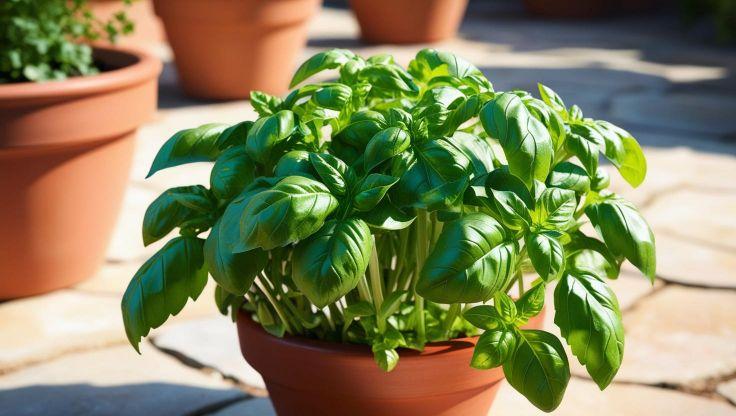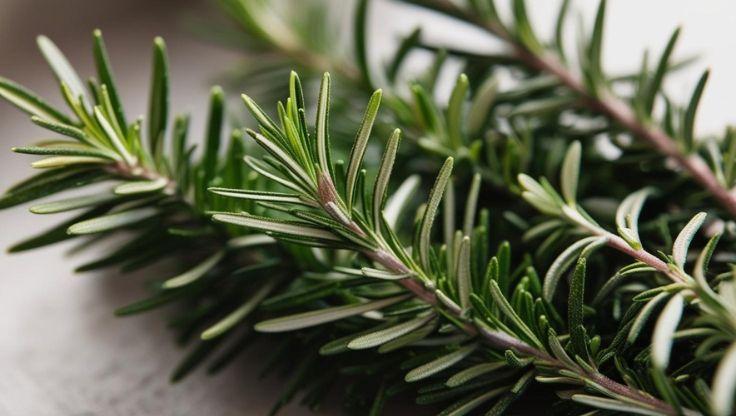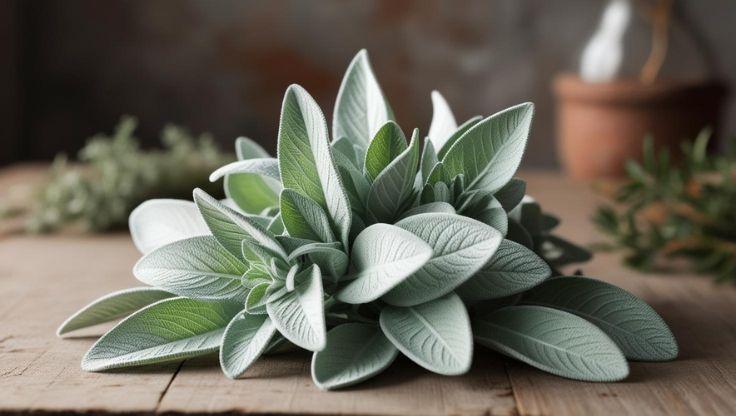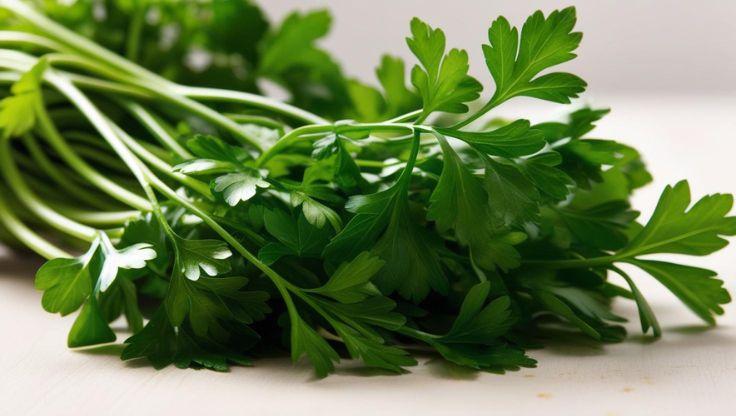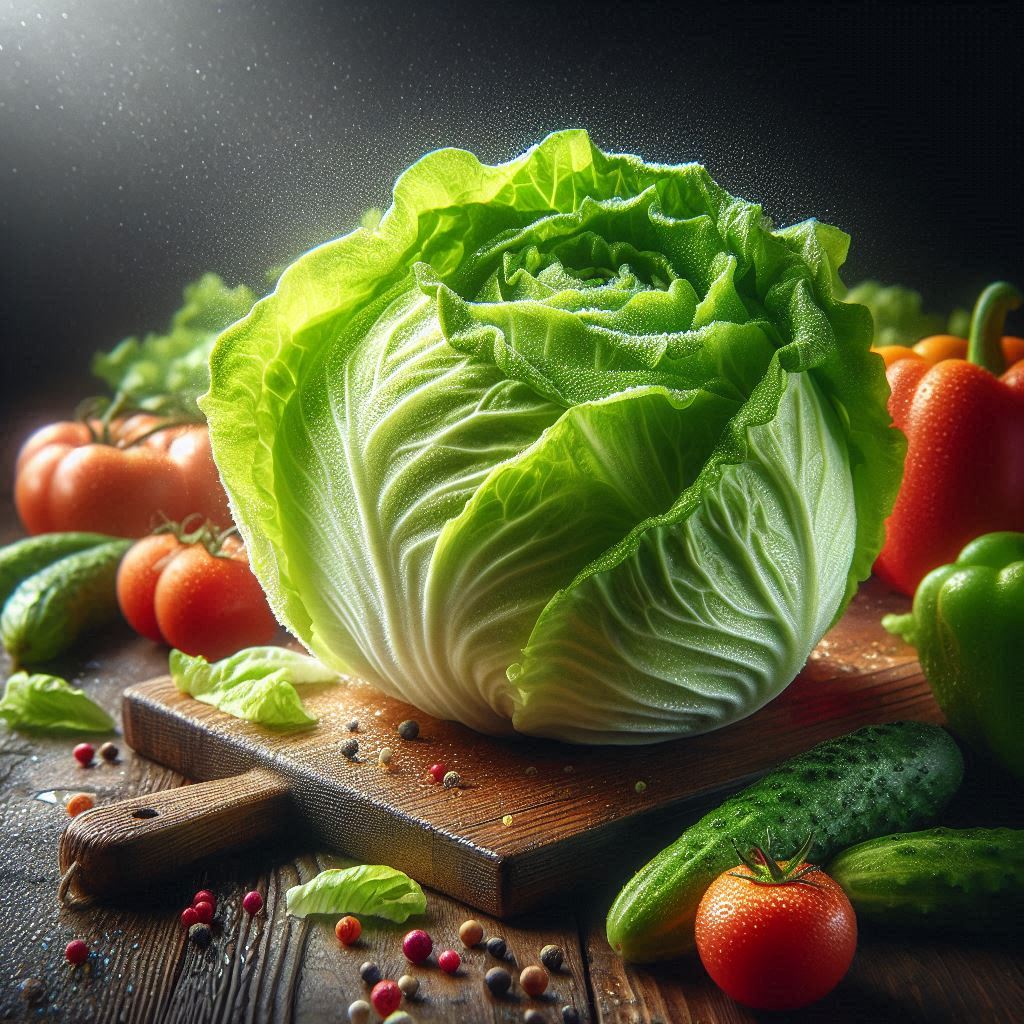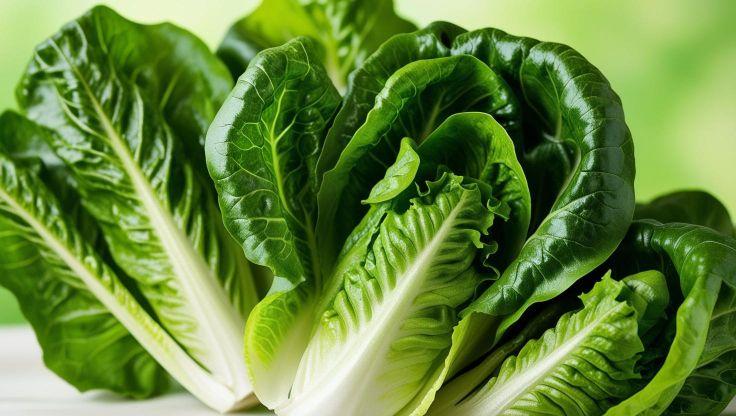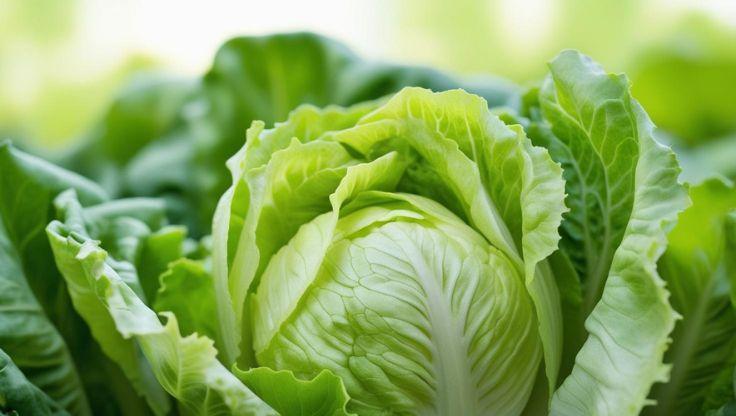Hydroponic Plants: A Complete Guide to Growing Romaine Lettuce
Romaine lettuce (Lactuca sativa var. longifolia) is one of the most popular hydroponic plants, prized for its crisp texture and rich nutritional value. Unlike traditional soil cultivation, hydroponic systems provide controlled environments that optimize nutrient intake, improve growth efficiency, and reduce pest risks. Hydro gardens ensure steady water availability while supporting year-round romaine lettuce production.

Hydroponic Growing Conditions
Ideal pH and EC Levels
- pH: 5.5–6.5 ensures efficient nutrient absorption.
- EC Level: 1.0–1.6 mS/cm maintains steady growth rates.
Light, Temperature, and Humidity Requirements
- Light: 12–14 hours daily exposure via LED or fluorescent lighting.
- Temperature: 15–22°C (59–72°F) for optimal leaf development.
- Humidity: 60–75% to prevent wilting and dehydration.
Best Hydroponic Systems for Romaine Lettuce
- Deep Water Culture (DWC): Provides steady hydration and oxygenation.
- Nutrient Film Technique (NFT): Supports continuous nutrient delivery.
- Aeroponics: Enhances root oxygenation and accelerates growth.
Nutrient Solutions and Water Management
- Monitoring EC levels prevents deficiencies in essential nutrients.
- Regular water circulation maintains a clean growing environment.
- Adjusting pH levels ensures optimal uptake of nutrients.
Detailed Nutrient Formulation
- Early Growth: High nitrogen (N) supports strong leaf expansion.
- Maturity Stage: Phosphorus (P) and potassium (K) improve firmness and flavor.
- Micronutrients: Calcium (Ca) strengthens cell walls, magnesium (Mg) aids chlorophyll production.
Seed to Harvest Process
From seed to seedling, romaine lettuce germinates in 7–10 days under ideal moisture conditions. After transplanting, it reaches maturity within 30–45 days, making it an excellent hydroponic herb for quick harvest cycles. Each growing hole typically contains 2–3 seeds for balanced spacing. Common romaine lettuce varieties for hydroponic cultivation include Parris Island Cos and Valmaine, known for their crisp texture and resistance to bolting.
Uses and Benefits
Culinary Applications
Romaine lettuce is ideal for fresh salads, wraps, and cooked dishes. Popular uses include:
- Classic Caesar salads with crisp leaves.
- Lettuce wraps for low-carb meals.
- Grilled romaine for smoky, charred flavor.
Health Benefits
Packed with fiber, vitamins A, C, and K, romaine lettuce supports digestion and promotes hydration. Growing hydroponic plants ensures pesticide-free and nutrient-dense produce.
Sustainability Advantages
Utilizing hydro gardens conserves water, eliminates soil degradation, and enables continuous harvest cycles with minimal environmental impact.
Challenges and Solutions
Common Pests and Diseases
Hydroponic romaine lettuce is relatively resistant to pests, but possible challenges include:
- Aphids: Controlled using organic sprays.
- Fungal Growth: Prevented with proper air circulation.
- Root Rot: Managed with oxygen-rich water systems.
Growth Issues and Environmental Stress
To ensure thriving hydroponic plants, growers should:
- Maintain stable temperatures for rapid leaf development.
- Provide adequate spacing for airflow.
- Balance nutrient concentrations to avoid deficiencies
Research for expert insights
These insightful articles provide expert perspectives and essential details worth exploring.
|
Company/Institution |
Article Title |
Article Link |
|---|---|---|
|
Auburn University |
Improving Romaine Lettuce Production in Greenhouse Hydroponic Systems |
|
|
MDPI |
Growth and Quality of Leaf and Romaine Lettuce Grown on a Vertical Farm in an Aquaponics System |
|
|
University of Guelph |
Controlled Environment Production of Romaine Lettuce (Lactuca sativa) |
Their research-driven approach offers valuable depth, making them a trusted source for those pursuing greater understanding.


